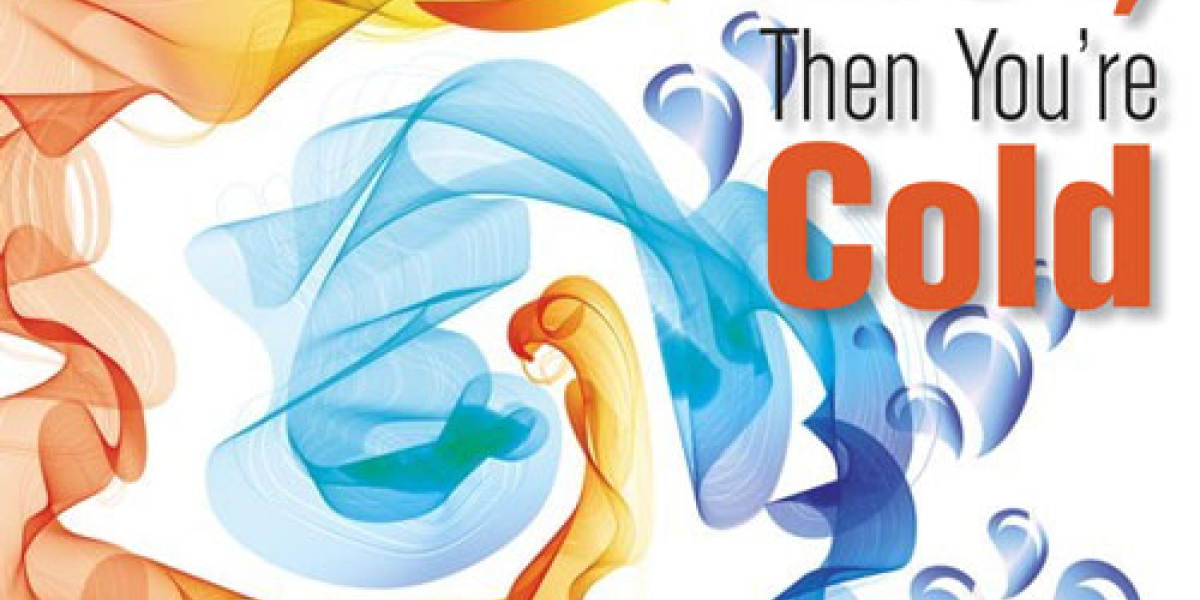You're Hot, Then You're Cold

Ever wish there was a science to refining your lyophilization process? Sorry, there's not. But there is an art to it, and my recent article in Lab Equipment magazine can help you get the perfect process down for your application:
Typically, sample concentration or solvent evaporation requires heat to drive the evaporation process. For heat sensitive samples, adding too much heat can damage or modify the structure of the analyte. The most effective way to safely evaporate solvent from heat sensitive samples is to place the sample in a vacuum atmosphere. At reduced pressure, the evaporation phase change occurs at a lower temperature, allowing the sample to be concentrated without damage from excessive heat. Common laboratory methods for solvent evaporation or sample concentration are lyophilization (also known as freeze drying), vacuum evaporation, nitrogen blow down and rotary evaporation. Several factors determine the optimal method for concentrating heat sensitive samples — sample volume, sample quantity, required temperature range, and solvent(s) being evaporated. These sample concentration methods and factors will be addressed in the following discussion.
Sample Size and Number
What is the sample volume and how many samples will you process per run?
- Lyophilizers handle a wide range of sample sizes and formats. Large volumes can be placed directly into flasks or on bulk trays. Micro plates, microtubes and test tubes can be placed inside a flask or used in bulk chambers with shelves. Serum vials that need to be stoppered can be put directly onto cooled shelves and sealed under nitrogen or vacuum after lyophilization is complete. The limitation of sample size is based on the freeze dryer’s capacity.
- A vacuum concentrator typically handles smaller samples, up to 25ml per tube. Rotors can run up to 250 micro tubes, as well as plates, auto sample vials, test tubes and other small containers.
- A nitrogen evaporator can process microtiter plates and flasks up to 400ml. Test tubes and vials can be used in a nitrogen evaporator, but for larger volumes, glassware specially made to fit the specific evaporator may be required.
- Rotary evaporators run large samples up to 25L, but can only process one sample at a time. Specialty round bottom glassware with...
There is plenty more where that came from! Read the entire article, "You're Hot, Then You're Cold" by Jenny Sprung in Lab Equipment.
| chevron_left | Be Clean and GREEN with Labconco Glassware Washers | Articles | Reducing Laboratory fume hood energy consumption, even at 100fpm face velocity! | chevron_right |






